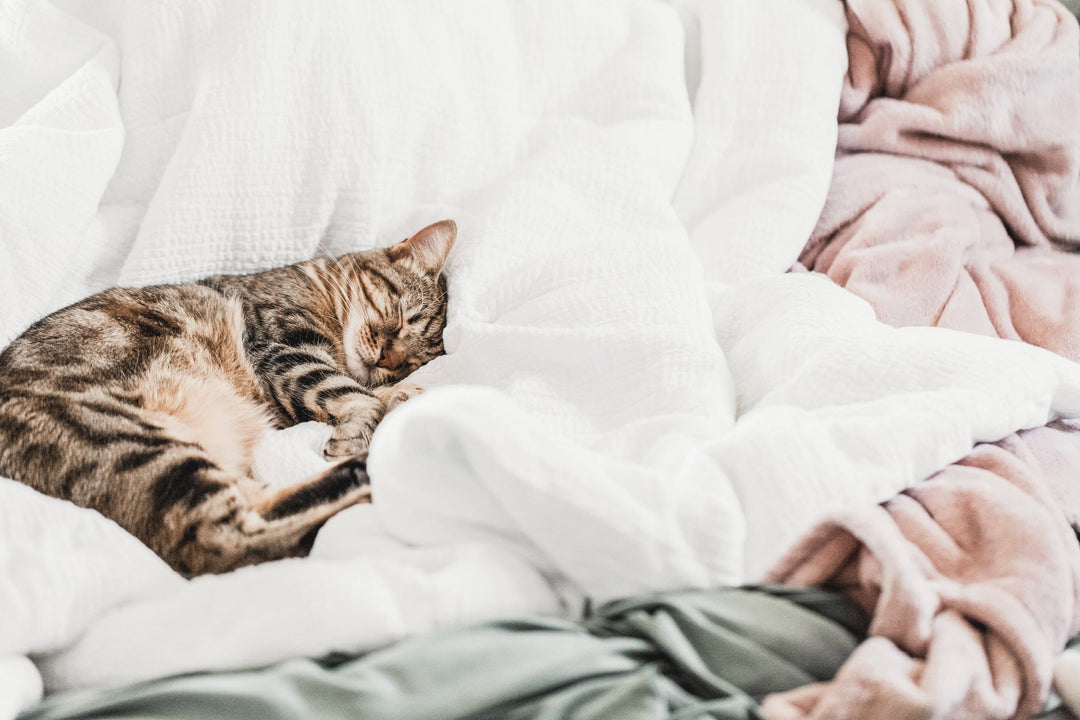What is fair use and how does it affect the copyright of my photos?
As photographers we are creators of images – these images can be for fun, self, commercial, or just because.
The idea of what the images are for doesn’t change who owns the rights to the images (unless specifically contracted). We own the copyright to the images we create – which gives us the right to reproduce or to authorize others to reproduce the work in copies (such as through Print Releases). (See more on Copyright here)
However, these rights are subject to certain limitations that can be found in sections 107 through 118 of the copyright law (title 17, U. S. Code). The most important limitation for photographers is that of the doctrine of fair use. Understanding what this doctrine is and how it can impact your work is critical, whether professional or hobbyist.
What is fair use?
The doctrine of fair use is found in Section 107 of the copyright law – with a list of various purposes for which reproduction of a particular work may be considered fair. Some of these purposes include commentary, news, criticism, comments, teaching, research, etc.
The purpose itself is not indicative of allowing someone free reign to use your photograph though – the Section also outlines four factors to be considered in determining whether or not a particular use is “fair”.
- The purpose and character of the use, including whether such use is of commercial nature or is for nonprofit educational purposes
- The nature of the copyrighted work
- The amount and substantiality of the portion used in relation to the copyrighted work as a whole
- The effect of the use upon the potential market for, or value of, the copyrighted work
The goal with this doctrine is to benefit society through the use of the copyrighted work. While courts are supposed to consider all of these factors, some factors may be given more weight than others based on the type of work and use of said work.
The courts have made clear that Fair Use disputes, “always ‘call for case-by-case analysis.’” Castle Rock Entertainment v. Carol Publ’g Group, 150 F.3d 132 (1998).
Some situations that qualify as “fair use” might strike you as wrong!
These examples (and more) can be found on Stanford University’s Fair Use Summaries Link here. At first glance your gut may tell you – NO WAY – that’s not right! Remember, the four points listed above will be given weight by the court. It is not always clear-cut!
Fair Use. The painter, Richard Prince, created a collage using — in one collage — 35 images from a photographer’s book. The artist also used 28 of the photos in 29 additional paintings. In some instances, the full photograph was used while in others, only the main subject of the photo was used. Important factors: The Second Circuit Court of Appeals held that to qualify as a transformative use, Prince’s work did not have to comment on the original photographer’s work (or on popular culture). The Court of Appeals concluded that twenty-five of Prince’s artworks qualified as fair use and remanded the case to determine the status of the remaining five artworks. (Cariou v. Prince, 714 F.3d 694 (2013).)
Fair use. A movie company used a photo of a naked pregnant woman onto which it superimposed the head of actor Leslie Nielsen. The photo was a parody using similar lighting and body positioning of a famous photograph taken by Annie Leibovitz of actress Demi Moore for the cover of Vanity Fair magazine. Important factors: The movie company’s use was transformative because it imitated the photographer’s style for comic effect or ridicule. (Leibovitz v. Paramount Pictures Corp., 137 F.3d 109 (2d Cir. N.Y. 1998).)
How does this impact me as a photographer?
As we just saw, fair use is an exception in the exclusive rights you have for your photographic works.
Now, I get it – it doesn’t seem fair that you get to just “give” your image to be used by others if it falls under one of these factors. In fact, it may feel like infringement (see Copyright Infringement) – and it may not always be easily defined or clearly seen. The law fails to provide specific limitations of the amount of work (be it images, words, etc.) that may be taken for ‘fair use’ by another individual or organization.
Take responsibility to educate
As photographers, we need to take responsibility to educate our clients and other professionals about using our images outside of the Fair Use Doctrine. Take efforts to display copyright notices, use watermarks, and register copyright (without registration, damages are limited to general licensing fees).
Do unto others
Take it a step farther – we, as photographers, need to also protect other’s work by using music appropriately in our slideshows and using lab images in marketing. Say no to torrents and illegal use of other works.
Stand up for ourselves
Imagine if we stood up like music artists did against Napster to stand up for ourselves, as well as operate under the idea that copyright is important – and to act as such. Standing up doesn’t necessarily mean a lawsuit – it can be a simple letter of request, a Cease and Desist or a DMCA takedown notice to the Internet Service Provider.
What if I want to use someone’s images or text?
It is important to note “acknowledging the source of the copyrighted material does not substitute for obtaining permission.” US Copyright Office
In fact, a recent article on LifeHacker explains “while it is difficult to detect visual plagiarism when it does occur it’s not a legal problem. Plagiarism is an ethical concern that may have other elements of intellectual property theft tied with it. Copyright infringement, on the other hand, is illegal and carries with it potentially significant consequences. Plagiarism can be avoided by providing attribution and giving credit, copyright infringement cannot. ”
LifeHacker goes on – which should make you, as a photographer cheer – to say that “copyright law gives the copyright holder the right to decide where their work is published and maybe they don’t want their work on your site, in your book, included in your newsletter or distributed to your social media network. It’s not for us to question why they wouldn’t want “exposure.”
Since it is not clear cut for use, despite the outlined law, it is always best to err on the side of caution and not to use another person’s images without explicit permission. Here are some alternatives:
- get a license from the private individual for use
- purchase from stock photography companies that provide an accompanying license
- seek out sites that have Creative Common Licenses
Here is a list of resources of images for use:
- Creative Commons (free – and links to 13 diff creative commons sites)
- iStockphotos (paid)
- Shutterstock (paid)
Additionally, remember that if you take an image and use it, you cannot count on being able to claim “fair use” as a defense to a copyright infringement claim. As this area of the law is extremely fact dependent, you should always check with qualified legal counsel if you want to use an image or work created by another under the “fair use” doctrine.
Lastly, if you do use someone else’s image be sure to keep in mind that acknowledgment DOES NOT substitute for obtaining permission, but also alteration of the image does not provide you, the user, copyright ownership.
Want to read more?
You can find Summaries of Fair Use Cases by Stanford University or The Graphic Artist’s Guild that outline some specific situations to help add some context to this discussion.



